The Keto diet for a beginner introduces the keto diet and what it can do for you. It also includes a beginner’s guide on starting, tips, foods to eat, and even advice from people who have used this method before.

Everyone is talking about the Keto diet
It is promoted as a weight-loss wonder. However, this eating plan is a medical diet that comes with serious risks.
On weight-loss diet programs, low-carbohydrate, high-protein eating plans regularly obtain focus. They are often described as ketogenic or”keto” diet plans.
However, a true ketogenic diet is different. Contrary to other low-carb diets, which focus on nourishment, a keto program centers around fat, which provides up to 90 percent of daily calories. Plus, it is not the type of diet to test as a test.
What’s the Keto diet?
The Keto diet is short for the Ketogenic diet. The keto diet is a low-carb, high fat, and moderate protein diet that changes how your body uses energy. The standard American Diet consists of getting about 50-55% of their daily caloric intake from carbohydrates. The remaining calories come from fats and proteins, with less than 10% of calories coming from fat.
The body uses carbohydrates for fuel to cause an insulin spike, which then sends the body into a catabolic state where it breaks down muscles to use as energy. The body also creates glucose through a process called gluconeogenesis.
The Keto diet is different because it offers your body an alternative energy source instead of carbohydrates. The body then enters a state called ketosis, which uses fats as fuel instead of carbohydrates and glucose. The best part about the Keto diet is that you don’t have to count calories or restrict yourself from fat like on other diets because this allows your body to burn fat more quickly than carbs.
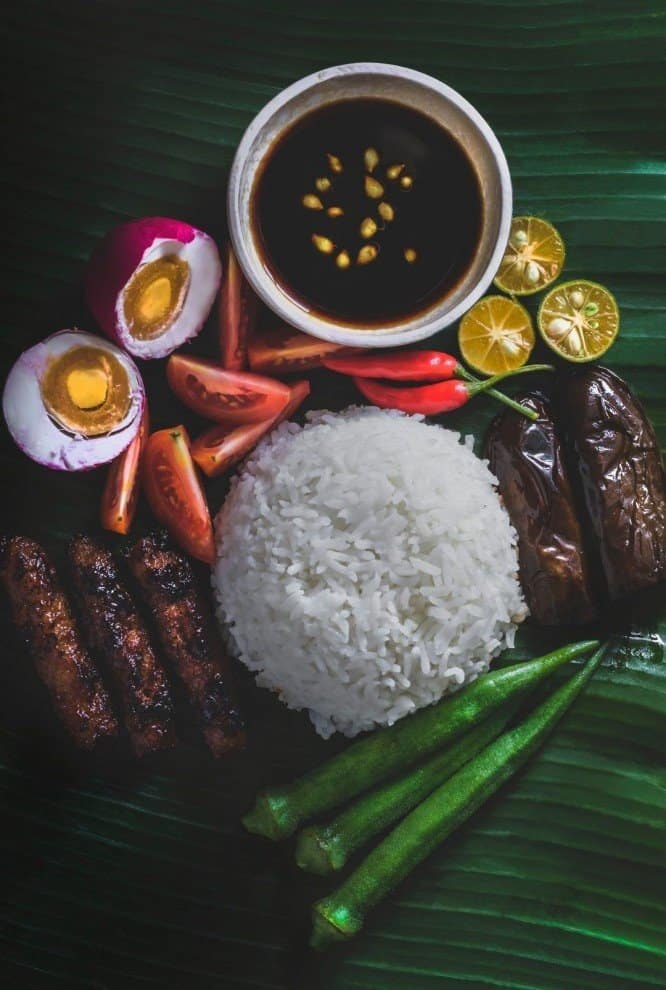
Basically, with keto, you’re cutting out the carbs. That means you’re losing bread, rice, and pasta in the traditional sense. You will find replacements to all these that absolutely stone.
When you can dramatically reduce the amount of carbs you bring into your own body and replace it with fat, it will help set your body into a condition of ketosis.
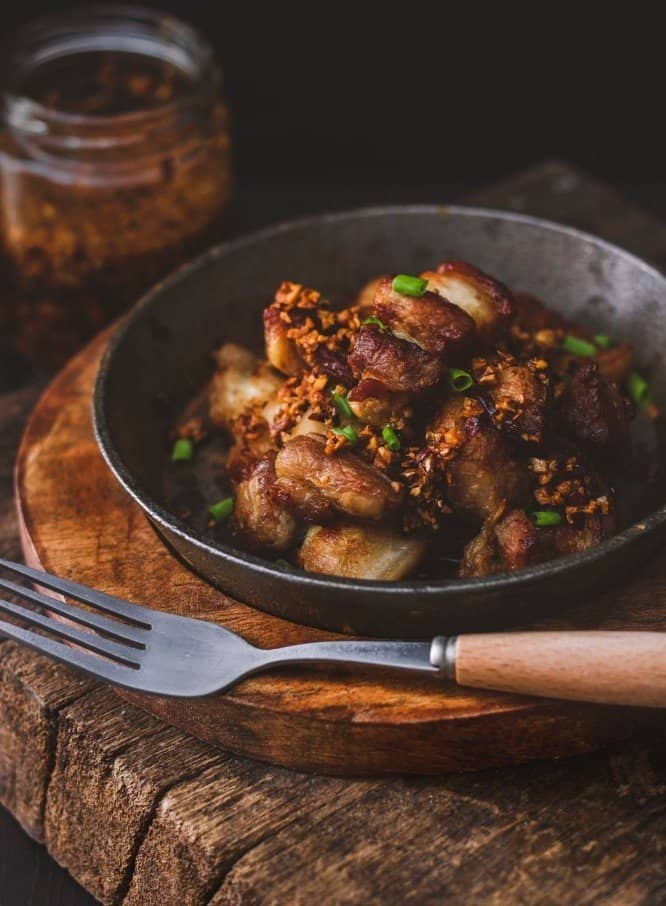
How does the Keto diet work?
The Keto diet intends to force your body into using another type of fuel. Rather than relying upon sugar (glucose) that comes from carbohydrates (such as grains, legumes, vegetables, and fruits), the keto diet depends upon ketone bodies, a kind of fuel that the liver produces from stored fat.
Burning fat seems to be an ideal way to lose weight. However, getting the liver to make ketone bodies is catchy:
- It demands that you deprive yourself of carbs, fewer than 20 to 50 g of carbohydrates every day (remember a medium-sized banana includes about 27 grams of carbs).
- It commonly takes a couple of days to reach a state of ketosis.
- Eating excessive healthy protein can prevent ketosis.
Nonetheless, why is it essential to reduce the carbs?
The keto diet plan alters the way your body changes food to energy. Eating high fat and low carbohydrates puts you in ketosis, a metabolic condition where your body burns fat instead of carbs for fuel. When your system cannot get glucose from carbohydrates, your liver converts fatty acids in the diet plan to ketones, an alternative energy source. Burning ketones set up of sugar reduces inflammation and spurs weight loss.

The keto diet isn’t new, and it has been in existence for almost a century. It was initially developed to deal with individuals with epilepsy. From the 1920s, researchers found that raised levels of ketones in the blood contributed to fewer epileptic seizures in patients.
What should you eat?
Since the keto diet has such a higher fat intake, followers should consume fat at each meal. The daily plan is a 2,000-calorie diet. This is analyzed into 165 g of fat, 75 grams of protein, and 40 grams of carbs. On the other hand, the exact ratio is dependent upon your specific needs.
Some healthy unsaturated fats are permitted on the keto diet — like nuts (walnuts, almonds ), avocados, seeds, tofu, and olive oil.

What about vegetables and fruits? All fruits are rich in carbohydrates, but you may have particular fruits (usually berries) in tiny portions. A cup of sliced broccoli has about six carbs.
Keto dangers
A ketogenic diet has lots of dangers. First: it’s high in saturated fat. You should restrain saturated fats to no more than 7% of your day-to-day calories because it raises heart problems. And undoubtedly, the keto diet plan is connected with a rise in”bad” LDL cholesterol, which is likewise connected with the heart problem.
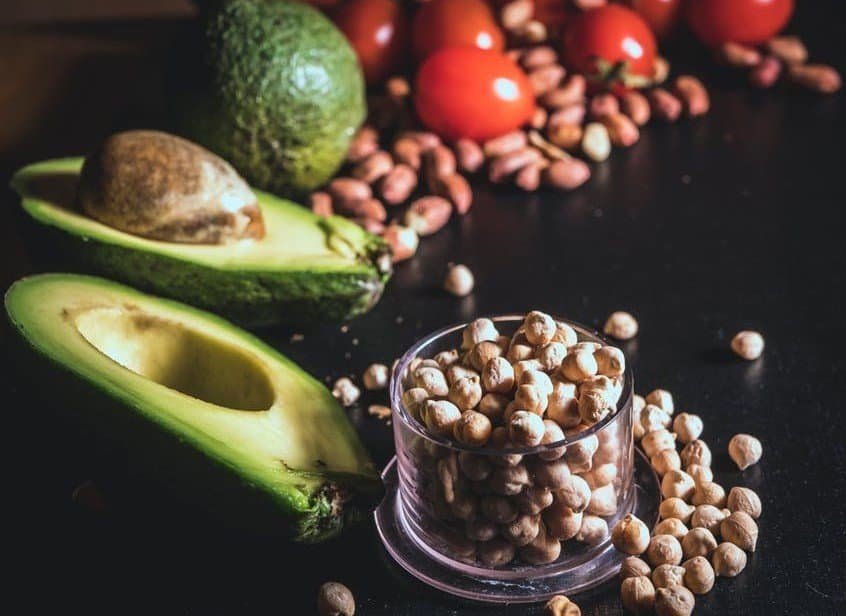
Other Possible keto risks include these:
- Nutrient deficiency. If you want to avoid any risk deficiencies in micronutrients, including selenium, magnesium, potassium, and vitamins B you should be eating a wide variety of veggies, fruits, and grains.
- Liver problems. With so much fat to metabolize, the diet can create any existing liver conditions worse.
- Kidney problems. The kidneys help metabolize protein. The keto diet can overload them. The current recommended intake for protein averages 46 grams per day for women, and 56 grams for men.
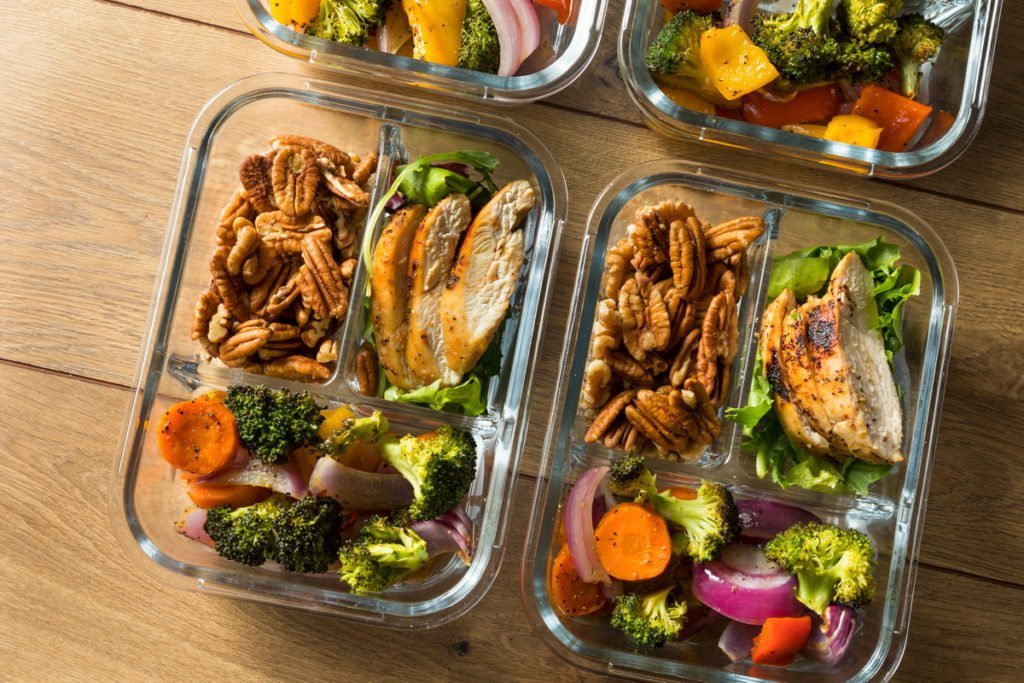
- Constipation. The keto diet is reduced in fibrous foods like legumes and grains.
- Fuzzy thinking and mood swings. The brain needs glucose from healthy carbohydrates to operate. Low-carb diets might cause confusion and irritations.
Those dangers add up — thus, be sure you speak with a physician and a registered dietitian before attempting a ketogenic diet.
The Health benefits of The Keto diet:
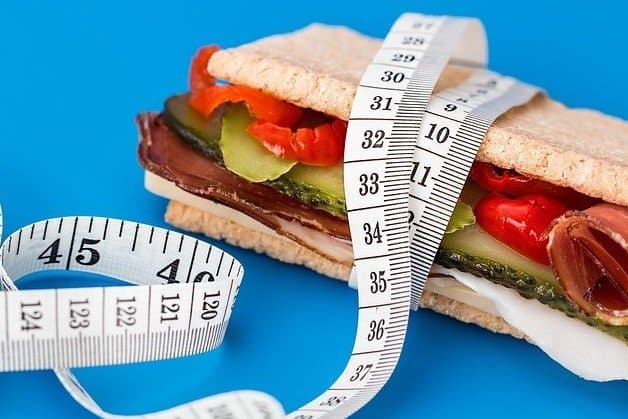
- Burns fat fast: You can lose a lot of weight quickly, on the keto diet. Ketones suppress your hunger hormone and increase cholecystokinin (CCK), which makes you feel complete. Reduced appetite means it is easier to go for more extended periods without eating, which encourages the body to dive into its own fat stores to draw energy.
- Reduces inflammation: The keto diet could protect you against major gastrointestinal diseases such as Alzheimer’s and cancer. It is also anti-inflammatory.

- Fuels and feeds your mind: Ketones provide an immediate hit of energy for your mind, as well as 70% of your mind’s energy needs when you limit carbs. Your mind is 60% fat, therefore it requires plenty of great fats to keep it functioning. Fat also feeds your brain and keeps it strong. Essential fatty acids like omega-3s help grow and develop the mind, while saturated fat keeps myelin — the layer of insulation around the brain — strong so your neurons can communicate with each other.
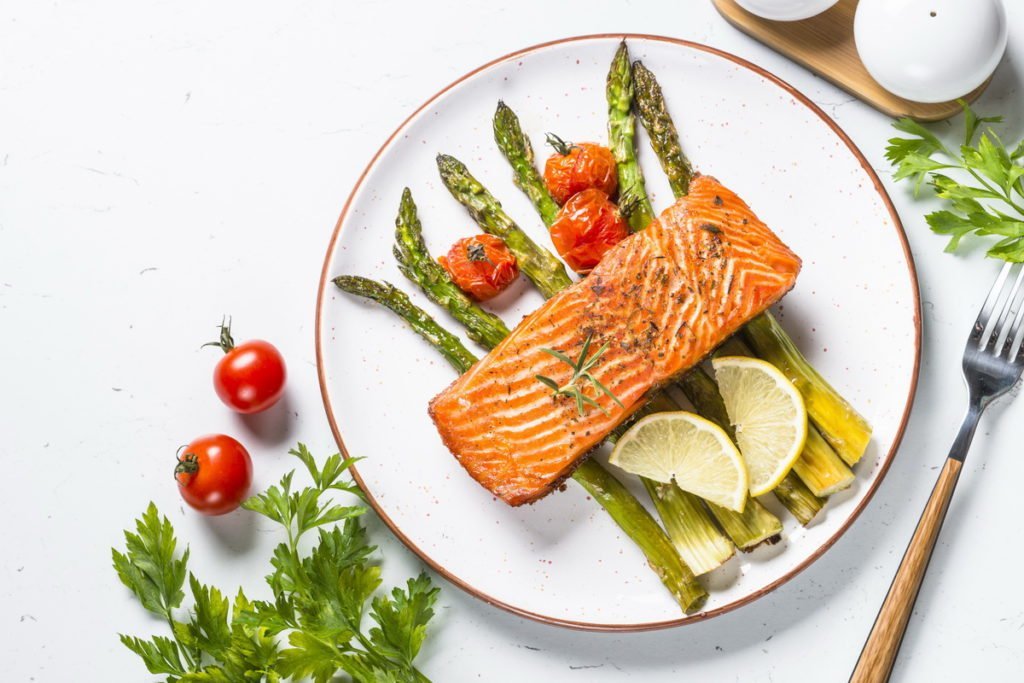
- Increases energy: Ketosis helps the brain generate more mitochondria, the power generators inside your cells.
- Lowers blood glucose: The keto diet may reverse and even heal diabetes. Keto elevates insulin levels and enhances blood sugar, to the point that lots of people with diabetes may come off their medicine when changing to the diet plan. Learn more here about how keto influences blood sugar.
Keto diet: What to consume in Keto diet?
Pick low-carb foods such as fatty fish, poultry, eggs, vegetables, and good fats.
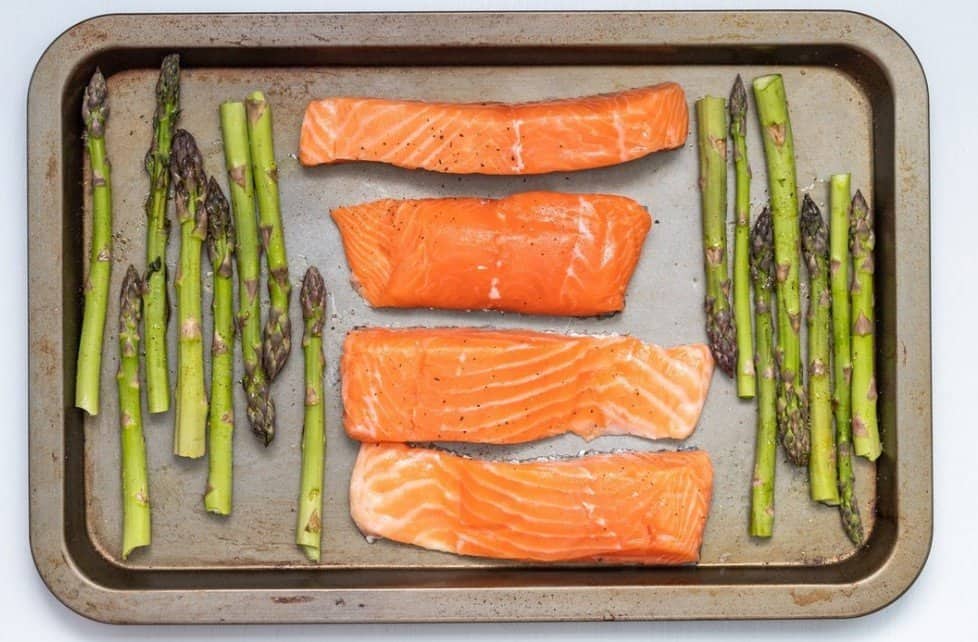
Types of keto (standard, cyclical, concentrated, dirty )
- Standard keto diet: You consume very low carb (less than 50 g of carbs a day), all of the time. Some keto followers eat as much as 20 g every day.
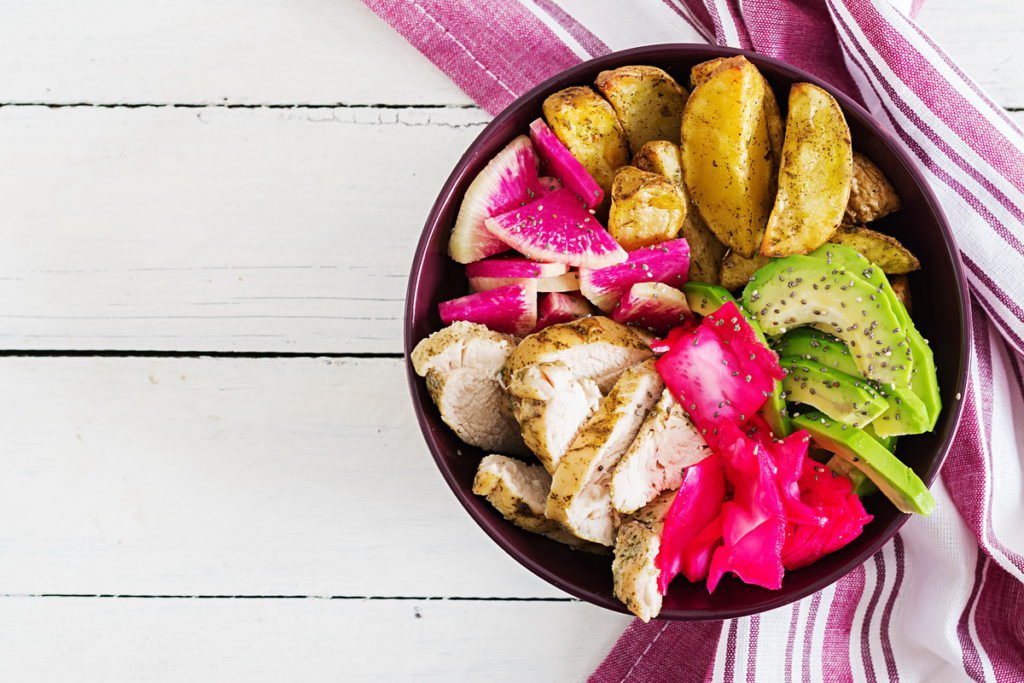
- Cyclical keto diet plan: You eat high fat, low carb (less than 50 grams of web carbs a day) 5 to six days of the week. On day seven, you up your carbohydrate intake to roughly 150 grams, during what’s called a carbohydrate refeed day. Carbohydrate cycling in this manner assists you to prevent the negative impacts some individuals experience when they limit carbs long term, like thyroid concerns, tiredness, and dehydrated eyes.

- Targeted keto diet plan: You follow to the basic keto diet plan. However, you eat more carbs right before (30 minutes to an hour) a high-intensity exercise. The sugar is implied to boost performance, although no scientific studies have connected reduced blood glucose to decreased weight-lifting performance.

- Dirty keto diet plan: Dirty keto follows the same ratio of fats, proteins, as well as carbs as the regular keto diet plan yet with a twist: no matter where those macronutrients originate from. So dinner can be a bunless Large Mac with a Diet Plan Pepsi.
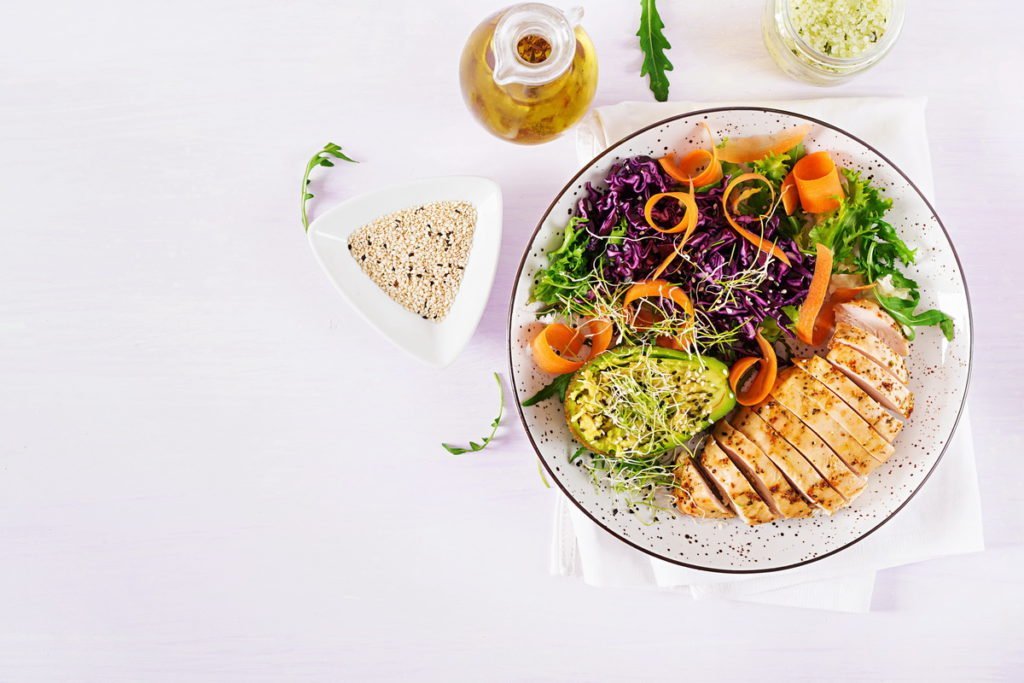
How to know you are in ketosis?
You are in ketosis as soon as your ketone levels measure 0.8 (that is, millimoles per liter). Easily test your degrees with urine sticks, blood rods, or a blood meter. You could even check for acetone levels in your breath using a breath analyzer.
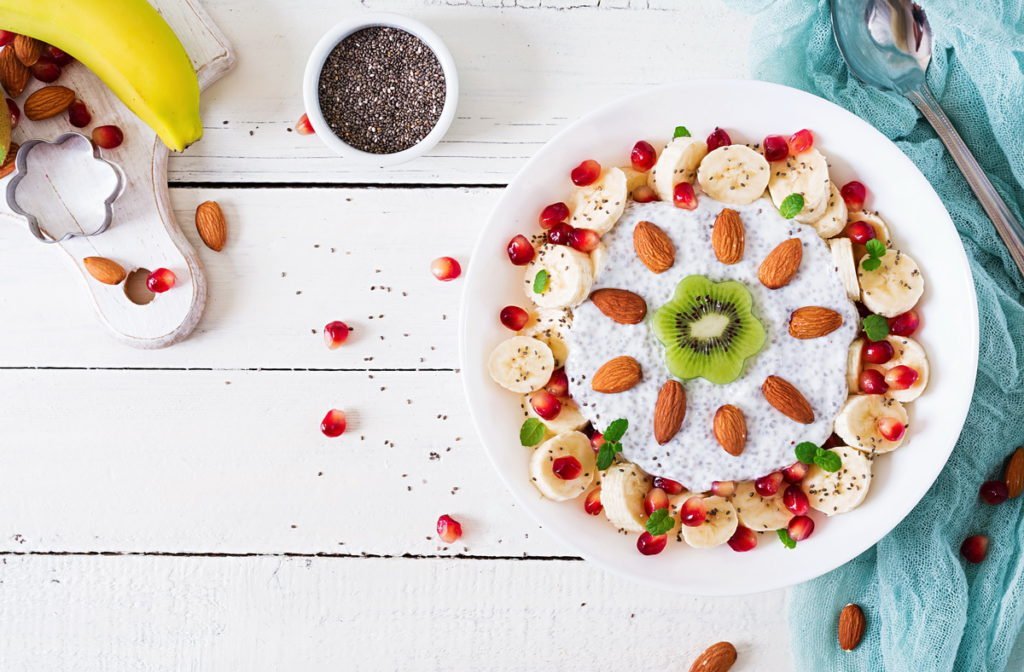
However, just monitoring the way the body feels is a straightforward way to know whether you’ve struck that ketosis sweet place. Here are hints you are likely in ketosis:
- Reduced appetite: Ketones suppress your appetite hormones, assisting you to feel full for longer.
- Keto breath: Individuals commonly experience a metallic taste in their mouth because of increased ketone levels.
- Weight reduction: The keto diet burns fat, so if you’re losing weight, you are probably in ketosis.
- Flu-like symptoms: Starting, you may experience symptoms of the keto flu, such as headaches, chills, and lightheadedness. Here is how to get over it.
As a veteran fitness technology innovator and the founder of GearUpToFit.com, Alex Papaioannou stands at the intersection of health science and artificial intelligence. With over a decade of specialized experience in digital wellness solutions, he’s transforming how people approach their fitness journey through data-driven methodologies.
